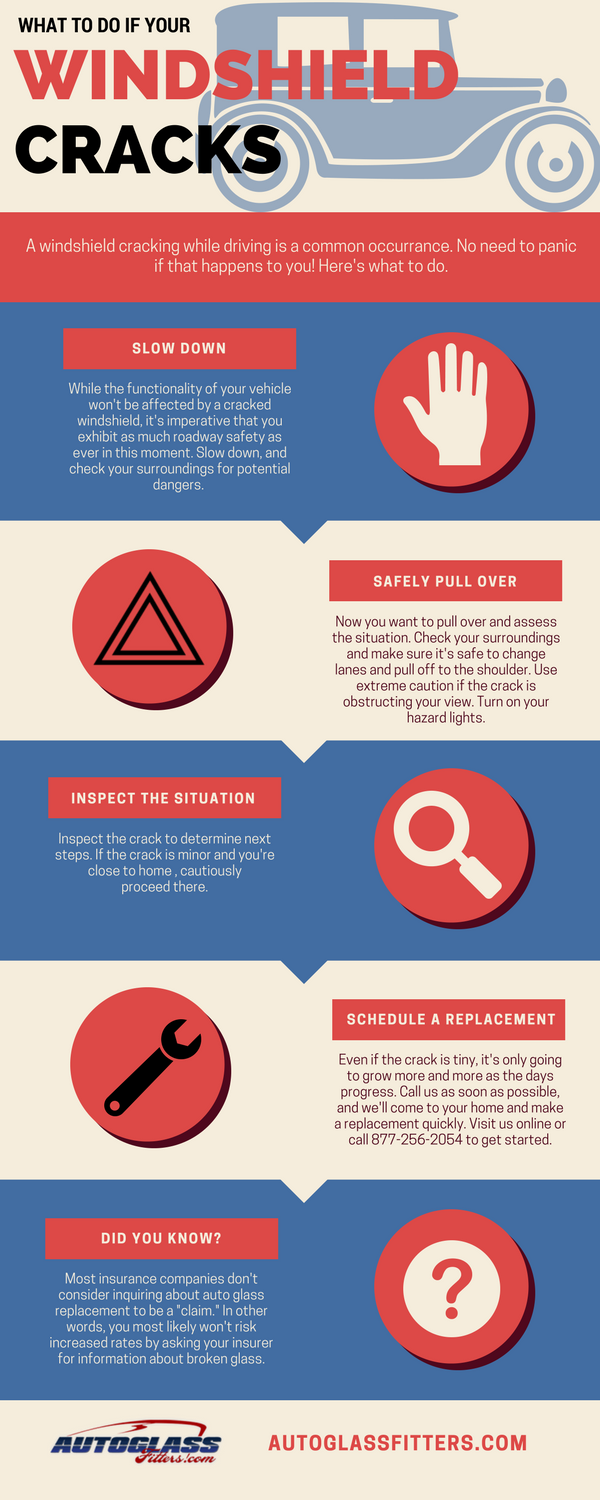One Of The Most Effective Stress Cleaning Practices For Each Surface Area Classification
One Of The Most Effective Stress Cleaning Practices For Each Surface Area Classification
Blog Article
Article Writer-Sahl Vincent
When it concerns push washing, the method you choose can make all the distinction in accomplishing a clean, streak-free coating. find out here might discover that hard surfaces, like concrete, call for a different technique than softer products, such as timber or plastic. It's necessary to adjust your methods to the surface area kind to avoid damages while making best use of cleaning performance. So, what are the very best techniques for every surface area, and how can you ensure you're using the best setups and tools for the work? Let's discover what you need to understand to get the best outcomes.
Hard Surfaces
When it involves push cleaning difficult surfaces, preparation is crucial. Prior to you also think about taking out the pressure washing machine, take the time to get rid of the location of any particles, furnishings, or challenges. You don't desire anything getting in your way or potentially destructive your equipment.
Next, evaluate the surface for any kind of fractures or damage; this will aid you figure out the appropriate technique and stress setups.
When you have actually prepared the location, it's essential to choose the best nozzle. For difficult surface areas like concrete or brick, a slim nozzle (15 or 25 degrees) works best to give a concentrated stream of water that can efficiently get rid of gunk and stains. Constantly start at a distance and slowly move better to avoid any type of surface area damages.
As you begin cleaning, maintain the wand transferring to avoid touches and over-saturation. It's also valuable to work from the top down, enabling dust and debris to wash away naturally.
Finally, remember to rinse the surface completely after cleansing to eliminate any type of leftover detergent. With these techniques, you'll accomplish a tidy and refreshed appearance on all your difficult surface areas.
Soft Surfaces
Stress cleaning soft surfaces requires a gentler method to secure them from damage. Whether you're cleansing your deck, patio furnishings, or home siding, using excessive pressure can result in dents, scratches, and even permanent harm.
Begin by choosing a low-pressure nozzle, ideally a 25-degree or broader spray pattern, to spread the water much more delicately.
Before you begin, it's vital to pre-treat any kind of discolorations with an ideal cleaning service. This action allows the cleaner to permeate the dirt and grime, making it simpler to get rid of without rubbing as well hard.
Always apply the remedy from all-time low up to protect against spotting.
When you start stress cleaning, keep a range of a minimum of 12 to 18 inches from the surface. Relocate your wand in a sweeping motion, keeping it alongside the surface to prevent concentrated stress on one place.
Rinse the area extensively after cleaning to eliminate any recurring cleanser.
Lastly, inspect the surface for any missed out on places and repeat the process if required. By following these steps, you can successfully tidy soft surface areas while maintaining their stability and look.
Specialized Surfaces
Cleaning soft surfaces requires care, however specialty surface areas demand a lot more attention to information. When you deal with these surfaces, like fragile timber, tarnished concrete, or particular types of siding, using the appropriate pressure cleaning techniques is vital to stay clear of damages.
Initially, examine the product. For professional solar panel cleaners , treated timber can usually stand up to moderate pressure, but softer timbers like cedar may require a lower setting. Constantly begin with johns window cleaning and slowly increase if needed.
For stained concrete, use a fan spray nozzle and maintain a constant range to stop etching the surface area.
When managing surfaces like plastic home siding or repainted surfaces, a broad spray pattern assists distribute the pressure equally, safeguarding the finish.
It's additionally smart to use detergents particularly designed for specialty surfaces. please click the up coming document can enhance cleansing without endangering the product.
Wash thoroughly after cleaning to get rid of any deposit, as it can bring about discoloration or deterioration in time.
Conclusion
Finally, understanding stress cleaning techniques for different surfaces can make all the distinction in your cleaning outcomes. For hard surfaces, stay with narrow nozzles and a top-to-bottom method, while soft surface areas need a gentler touch with broader nozzles. Do not neglect to pre-treat spots and wash completely to avoid deposit. By adapting your approaches to every material, you'll not just accomplish a cleaner surface yet also protect the honesty of your surfaces. Delighted cleansing!
